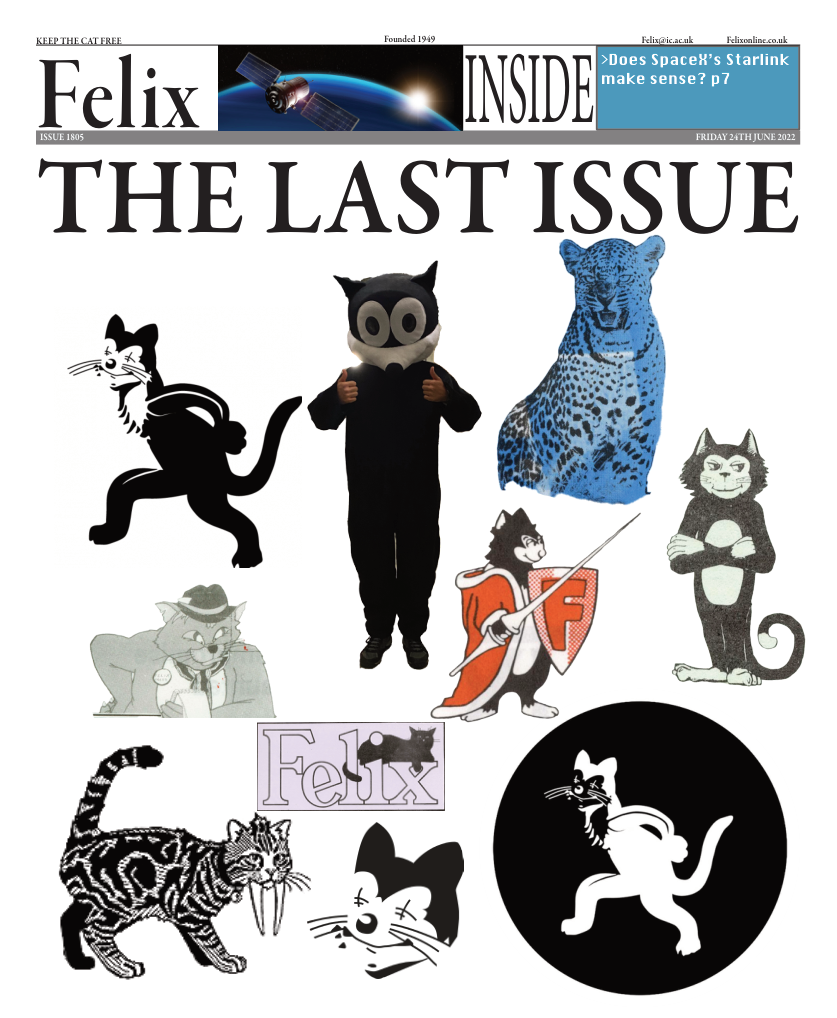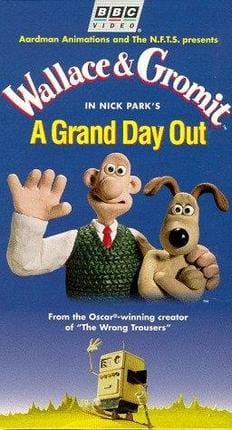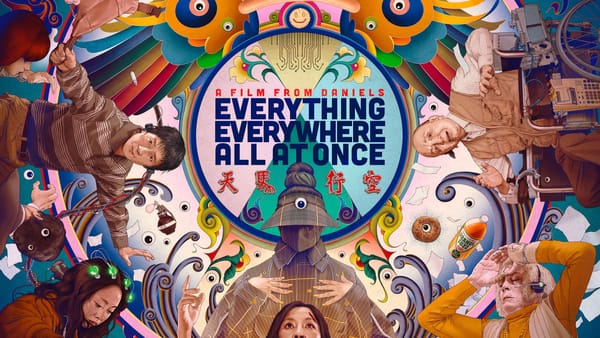Howard Shore, and the importance of score
A Film editor's ode to the score of his favourite film series

Arguably the most critical - and certainly the most used - component for generating audience emotional response in film is the score. The score, or the set of original musical pieces composed specifically for the film (in contrast to the soundtrack, which includes the use of already existing music), is written deliberately to help evoke the appropriate emotional response for the scene; if a nice character is dying, generally, you’ll hear a sad song. And I can think of no better example for a discussion of its importance than Howard Shore’s score for The Lord of the Rings, which in full disclosure is my favourite of all time. Shore’s work for LOTR is notable for its sheer length, its broad stylistic range, and the extensive use of leitmotif. If you aren’t familiar, leitmotif is the name commonly given to a short musical phrase that is repeatedly used to represent or allude to a specific idea, place, or character. Famous examples include Darth Vader’s famous ‘Imperial March’ theme – you don’t even have to hear all eighteen notes of that refrain to know that a big, bad, cyborg dude with a red lightsaber will be arriving shortly.
In writing the music for LOTR, Shore endeavoured to focus on narrative to deliver emotion rather than the mood of the music itself, and his expert use of leitmotif is the thread that binds the massive thirteen hours of story together. The Lord of the Rings is a fantasy epic, with a plethora of distinct races each with their own language, culture, and home – creations representing over thirty years of Tolkien’s life. These cultures themselves are a mixture of invented ideas and influences from real cultures. All of this is represented in the individual themes that Shore writes for each main character, which themselves are formed from patterns present in the themes of their own culture. The music written for the hobbits borrows largely from Celtic influences, using connotative instruments like fiddles and tin whistles. There is a more lively, cheerful version of the Shire theme that is only heard in the Shire itself, and a more wistful, pensive version used for moments of reminiscence. The music of the elves is regal, elegant, and meandering – following the forms of their architecture, and their immortal lives. It uses clear toned female choirs and its melodies often borrow from the Phrygian mode (a collection of related notes common in Ancient Greek music) to emphasise its ancient and foreign qualities in comparison to the younger cultures of Middle Earth.
There are over a hundred distinct themes in the score overall, and as much as I’d like to, discussing them all here isn’t practical. But it’s also the way in which the themes are used that makes Shore’s work so special in the context of film. A good example is ‘The Fellowship of the Ring’, the main theme for the fellowship itself. This is a sweeping, orchestral, and heroic piece that frequently soars through the mix in the first film. After Gandalf’s death however, and the breaking of the fellowship thereafter, the theme is only heard rarely and in fractured parts, woven into the themes of the separate characters. Towards the end of the final film, when the remaining members of the fellowship rally and charge towards the Black Gate, the theme returns in style, this time sung by a full choir.
Shore’s work is possibly the best demonstration in history of how the music of a film can be used to elevate the narrative, and how important it is to the viewing experience. There’s a lot more that could be said, and I wish I had the music theory knowledge to do it. But, honestly, it’s just really, really, good. If I ever stop getting goosebumps at the charge of the Rohirrim in the Battle of the Pelennor fields, somebody euthanise me.









